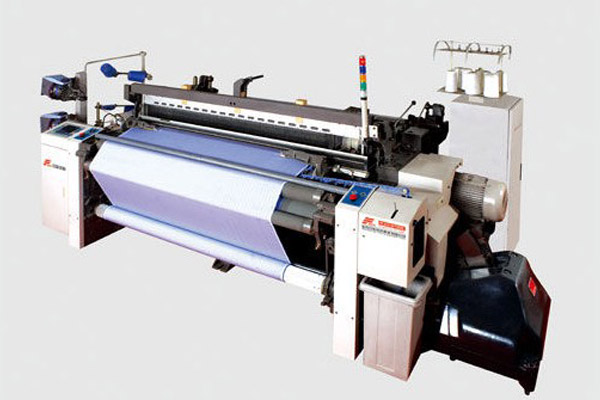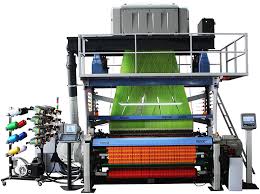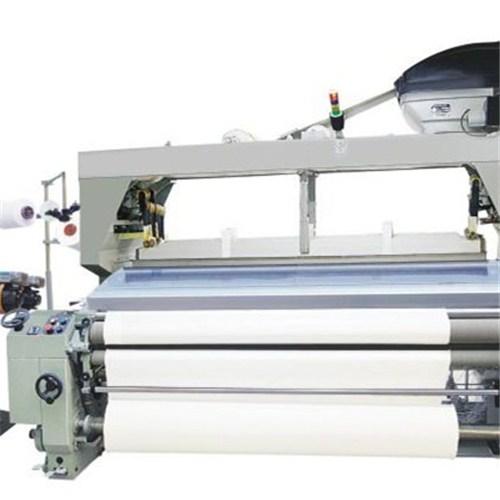Analysis of Factors Affecting Rapier Loom Production Efficiency
The production efficiency of the rapier loom reflects the output per unit time of a single loom. The rapier loom's production efficiency is directly proportional to the running speed, reed width, and loom efficiency. The weft insertion rate can be calculated from running speed multiplied by loom reed width; it is the rapier loom's primary performance indicator. Different looms have different weft insertion rates. For rapier loom weavers, production efficiency is mainly related to the following factors:
1. Adjustment of various processing parameters and related loom mechanism
In the production process, the occurrence of poor weft delivery, weft breakage, irregular right-side selvage, weft bounce, overmuch right-side warp breakage, the warp ends breakage by the rapier head, temple mark defect, double weft defects, breakage defects, and other issues may be related to the adjustment of process parameters and the rapier loom mechanism adjustment. The precise adjustment of the rapier loom all mechanisms is the basis for improving production efficiency.
2. Maintenance and cleaning of rapier looms
The well-organized maintenance and cleaning work can improve production efficiency and have a more significant impact on the loom's service life. Rapier looms' structure is complicated and compact, and the weft selection, beating-up, and weft insertion are high-speed reciprocating motions. During long-term operation, there are always some parts of the machine to be worn or fatigued. Common spares wear-out include guide hook wear, spring failure or break, clutch friction plate wear, belt timing belt wear, rapier head and rapier tape wear, transmission parts damage, and so on. Good maintenance work can significantly reduce the wear or damage of spare parts, reducing the number of shutdowns due to component failure. Besides, insufficient cleaning can cause flying and yarn adhesion and directly cause warp and weft breakage and stop. The production efficiency of the rapier loom has a lot to do with the maintenance and cleaning work. Weaving mills should formulate the maintenance, refueling, cleaning, and overhaul plan to keep the rapier loom in good working condition.
3. Quality of mechanical and electronic spare parts
Rapier looms should use reliable quality of mechanical and electronic spares, thereby improving the loom's quality and reliability, further improving the early trouble-free working time of the rapier loom, and reducing downtime caused by parts failure.
4. Yarn quality
Yarn quality includes quality of raw material, warping process and sizing process. It is particularly important in the production of cotton weaving. In cotton weaving, the proportion of downtime due to slub yarn, snick yarn, cotton ball, unevenness, big knots, loose knots, brittleness, inverted ends, adhesions, twisted ends is relatively large. To improve rapier looms' production efficiency, the yarns used in rapier looms should have good yarn evenness and have as few defects as possible. It is best to adopt automatic winder and air twister. The tension during warping must be uniform; the yarn arrangement must be uniform; the warp beam should be flat and smooth. Rational sizing formula and sizing process should be used to ensure good sizing quality.
5. Adoption of appropriate running speed
In general, increasing the running speed will result in more warp and weft breakage and material consumption. In some cases, after increasing the operating speed, the production efficiency can still be improved, although the loom working efficiency is lowered. Therefore, choosing a speed with better technical and economic efficiency will enhance the rapier loom's production efficiency.

 English
English  한국어
한국어  português
português  العربية
العربية  tiếng việt
tiếng việt  ไทย
ไทย  Malay
Malay  हिंदी
हिंदी  Indonesia
Indonesia  বাঙালি
বাঙালি  اردو
اردو 


